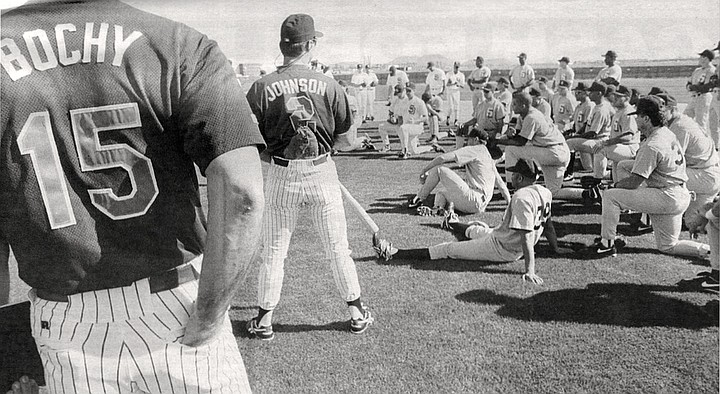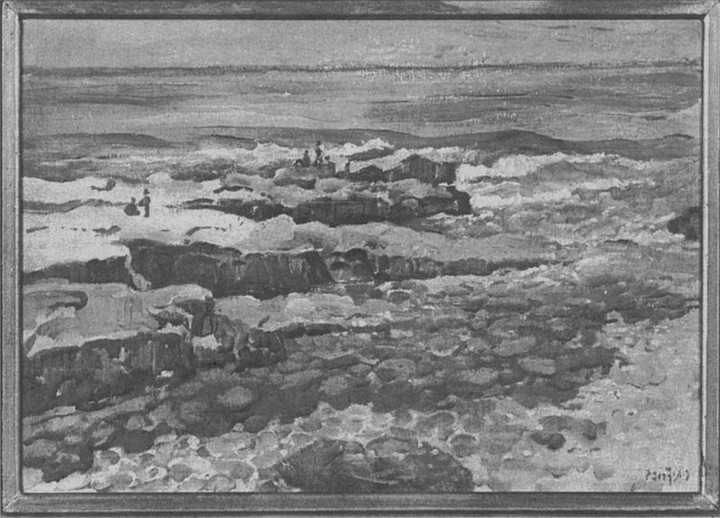 Facebook
Facebook
 X
X
 Instagram
Instagram
 TikTok
TikTok
 Youtube
Youtube

How Ken Kuhlken came to the Reader:
Not long after my second novel came out, Reader editor Judith Moore phoned me. I didn’t know Judith but was quite familiar with the Reader, because I found the stories often intriguing and always well-written. So, when she asked if I would contribute, I was delighted. But when I asked if fiction would be okay and she said they usually only ran non-fiction, my delight faded. “Besides school essays and book reviews ,” I said, “I’ve only written fiction.
She said, “We pay pretty well” and named a figure.
“I could write non-fiction,” I said.
We talked over ideas. She liked one about a pitcher I knew who had spent some difficult minor league years.
I spent many hours on the story and hated it until I remembered a book I had used when teaching a non-fiction class at the University of Arizona. The author, Jon Franklin, proposed that the best non-fiction was written in a fiction-like structure. I started over with Franklin’s theory in mind. Now my story worked.
And so began an era during which the Reader used dozens of my stories, even some fiction. And lots of ideas came from Judith or from Jim Holman. I believe it was Jim who asked me to spend time with Mother Teresa’s student priests in a Tijuana seminary. I learned plenty down there, and out of that experience and another of my Reader stories, about a mega-church and child abuse, my recent novel The Very Least grew.
Ten of Kuhlen's stories he especially likes:



(And these last two that inspired The Very Least:)
Kuhlken's latest novels are: Newport Ave, The Very Least, and The Answer to Everything, the last two of which are Hickey Family Crime novels, of which there are ten books in all. His website is kenkuhlken.net


How Ken Kuhlken came to the Reader:
Not long after my second novel came out, Reader editor Judith Moore phoned me. I didn’t know Judith but was quite familiar with the Reader, because I found the stories often intriguing and always well-written. So, when she asked if I would contribute, I was delighted. But when I asked if fiction would be okay and she said they usually only ran non-fiction, my delight faded. “Besides school essays and book reviews ,” I said, “I’ve only written fiction.
She said, “We pay pretty well” and named a figure.
“I could write non-fiction,” I said.
We talked over ideas. She liked one about a pitcher I knew who had spent some difficult minor league years.
I spent many hours on the story and hated it until I remembered a book I had used when teaching a non-fiction class at the University of Arizona. The author, Jon Franklin, proposed that the best non-fiction was written in a fiction-like structure. I started over with Franklin’s theory in mind. Now my story worked.
And so began an era during which the Reader used dozens of my stories, even some fiction. And lots of ideas came from Judith or from Jim Holman. I believe it was Jim who asked me to spend time with Mother Teresa’s student priests in a Tijuana seminary. I learned plenty down there, and out of that experience and another of my Reader stories, about a mega-church and child abuse, my recent novel The Very Least grew.
Ten of Kuhlen's stories he especially likes:



(And these last two that inspired The Very Least:)
Kuhlken's latest novels are: Newport Ave, The Very Least, and The Answer to Everything, the last two of which are Hickey Family Crime novels, of which there are ten books in all. His website is kenkuhlken.net
Comments